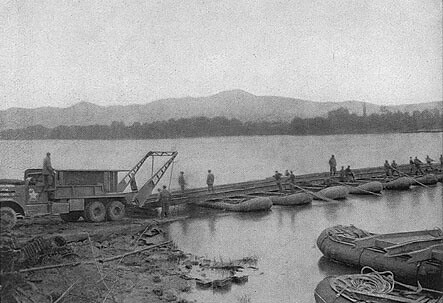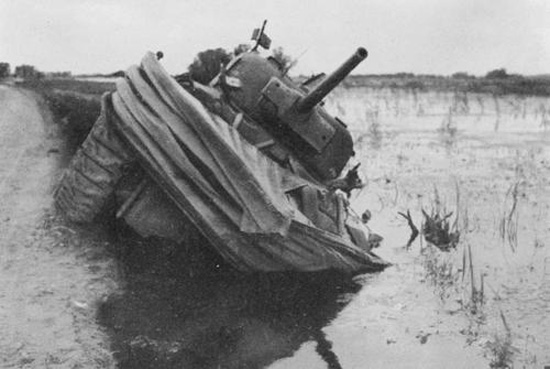McPherson
Banned
Unless you capture a bridge intact...
Or build one.

VII Corps pontoon Bridge over the Rhine. (^^^)
Could the paratroopers hang on long enough for British engineers to lay pontoon bridges behind them?
One of the problems 30 Corps had at Nijmegen was that not only were the assault boats jammed up behind the lead brigade in column in a massive traffic jam, but the bridging equipment was stuck back there with them; so taking the bridges intact for Market Garden was rather important.
